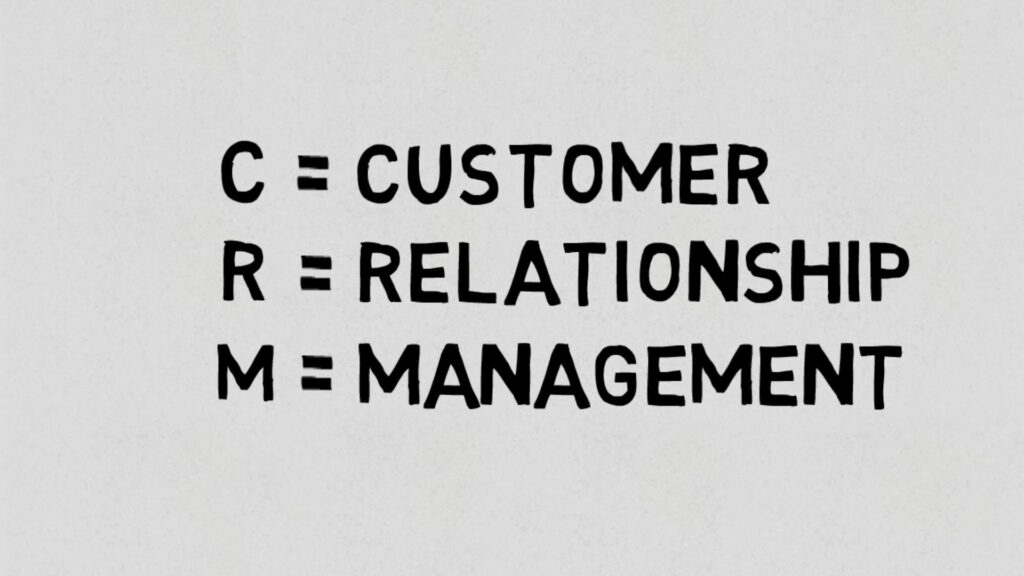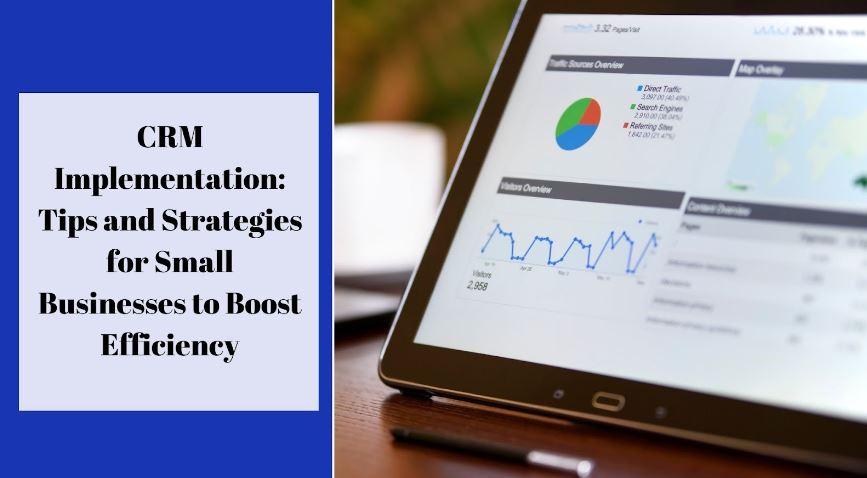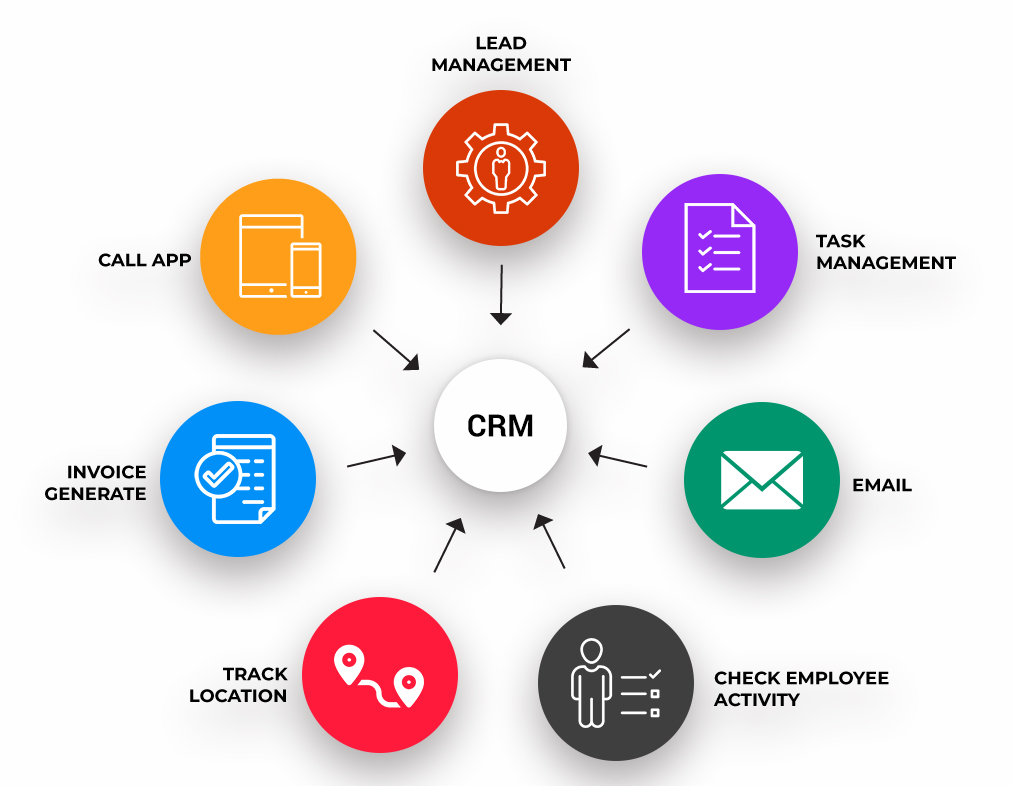
The Power of Loyalty: Why CRM, Marketing, and Rewards Matter
In today’s hyper-competitive market, attracting new customers is only half the battle. The true key to sustainable success lies in fostering lasting relationships and cultivating unwavering loyalty. This is where the dynamic trio of Customer Relationship Management (CRM), strategic marketing initiatives, and compelling rewards programs converge, creating a powerful engine for growth. This article delves deep into the intricacies of these three pillars, exploring how they work in harmony to build brand devotion and drive long-term profitability.
Think about your own experiences as a consumer. What makes you stick with a particular brand, even when faced with tempting alternatives? Often, it’s a combination of factors: exceptional product quality, outstanding customer service, and a sense of being valued. CRM, marketing, and rewards programs, when implemented effectively, address all these aspects, turning one-time buyers into passionate brand advocates.
Understanding the Core Components: CRM, Marketing, and Rewards
Customer Relationship Management (CRM): The Foundation of Customer Understanding
At its core, CRM is more than just a software system; it’s a philosophy centered around understanding and responding to your customers’ needs. It involves collecting, organizing, and analyzing customer data to gain valuable insights into their behaviors, preferences, and pain points. This information then informs every aspect of your business, from product development to marketing campaigns.
Here’s a breakdown of the key functions of a CRM system:
- Data Collection: Gathering information from various sources, including website interactions, social media engagement, email communications, and purchase history.
- Data Organization: Structuring and organizing customer data in a centralized database, making it easily accessible and searchable.
- Data Analysis: Using analytics tools to identify trends, patterns, and insights into customer behavior.
- Customer Segmentation: Grouping customers based on shared characteristics, such as demographics, purchase history, and engagement levels.
- Personalization: Tailoring marketing messages and offers to individual customer preferences and needs.
- Lead Management: Tracking and nurturing potential customers through the sales funnel.
- Sales Automation: Automating repetitive sales tasks, such as follow-up emails and appointment scheduling.
- Customer Service: Providing a centralized platform for managing customer inquiries and resolving issues.
A robust CRM system provides a 360-degree view of each customer, enabling businesses to deliver personalized experiences and build stronger relationships.
Marketing: Crafting the Right Message at the Right Time
Marketing, in the context of customer loyalty, is about more than just promoting products or services. It’s about building relationships, creating value, and fostering a sense of community. Effective marketing campaigns are carefully crafted to resonate with specific customer segments, delivering relevant messages through the appropriate channels.
Key aspects of marketing that support customer loyalty include:
- Targeted Campaigns: Creating marketing messages tailored to the specific needs and interests of different customer segments.
- Personalized Communication: Using customer data to personalize email marketing, website content, and other communications.
- Content Marketing: Providing valuable and engaging content that educates, informs, and entertains customers.
- Social Media Engagement: Building a strong presence on social media platforms and interacting with customers in a meaningful way.
- Email Marketing: Sending targeted email newsletters, promotions, and updates to keep customers engaged.
- Loyalty Programs: Promoting and managing loyalty programs that reward customers for their repeat business.
- Customer Feedback: Actively soliciting customer feedback and using it to improve products, services, and overall customer experience.
By consistently delivering value and engaging with customers in a meaningful way, marketing initiatives can significantly contribute to building brand loyalty.
Rewards Programs: Incentivizing Loyalty and Driving Repeat Business
Rewards programs are a powerful tool for incentivizing customer loyalty and driving repeat business. They offer tangible benefits, such as discounts, exclusive access, and personalized experiences, in exchange for customer engagement and purchases. When designed and implemented effectively, rewards programs can create a strong emotional connection between customers and a brand.
Here’s a look at the different types of rewards programs:
- Points-Based Programs: Customers earn points for every purchase or engagement activity, which can be redeemed for rewards.
- Tiered Programs: Customers are assigned to different tiers based on their spending or engagement levels, with each tier offering increasing benefits.
- Cashback Programs: Customers earn a percentage of their purchases back as cash or credit.
- Subscription Programs: Customers pay a recurring fee for exclusive access to products, services, or content.
- Partnership Programs: Collaborating with other businesses to offer rewards and benefits to customers.
The most successful rewards programs are those that are easy to understand, offer valuable rewards, and provide a seamless customer experience.
The Synergy: How CRM, Marketing, and Rewards Work Together
The real magic happens when CRM, marketing, and rewards programs work in synergy. CRM provides the data and insights needed to personalize marketing campaigns and tailor rewards programs to specific customer segments. Marketing then leverages this data to deliver targeted messages and promotions that drive engagement and sales. Finally, rewards programs incentivize customers to continue engaging with the brand, creating a virtuous cycle of loyalty and growth.
Here’s how the synergy unfolds:
- Data-Driven Personalization: CRM data allows marketers to personalize marketing messages and offers, making them more relevant and engaging for individual customers.
- Targeted Rewards: CRM data can be used to identify customer segments and tailor rewards programs to their specific preferences and needs. For example, high-value customers might receive exclusive access to new products or services, while frequent purchasers might earn bonus points.
- Improved Customer Experience: By understanding customer behavior and preferences, businesses can improve the overall customer experience, making it easier for customers to engage with the brand and feel valued.
- Increased Customer Lifetime Value (CLTV): Loyal customers tend to spend more over time and are less sensitive to price changes. By cultivating customer loyalty, businesses can significantly increase their CLTV.
- Enhanced Brand Advocacy: Loyal customers are more likely to recommend a brand to others, which can lead to increased brand awareness and new customer acquisition.
By integrating these three components, businesses can create a holistic customer experience that fosters loyalty and drives sustainable growth.
Implementing a Successful CRM, Marketing, and Rewards Strategy
Implementing a successful CRM, marketing, and rewards strategy requires careful planning, execution, and ongoing optimization. Here’s a step-by-step guide to get you started:
1. Define Your Goals and Objectives
Before you start implementing any new strategy, it’s essential to define your goals and objectives. What do you hope to achieve with your CRM, marketing, and rewards programs? Are you looking to increase customer retention, boost sales, or improve brand advocacy? Clearly defined goals will help you measure the success of your initiatives and make necessary adjustments along the way.
2. Choose the Right CRM System
Selecting the right CRM system is crucial for collecting, organizing, and analyzing customer data. Consider your business needs, budget, and technical capabilities when choosing a CRM system. Some popular options include Salesforce, HubSpot, Zoho CRM, and Microsoft Dynamics 365. Ensure the CRM system integrates seamlessly with your other marketing tools and platforms.
3. Segment Your Customer Base
Customer segmentation is the process of dividing your customer base into groups based on shared characteristics. This allows you to tailor your marketing messages and rewards programs to specific customer segments. Use CRM data to identify key segments, such as demographics, purchase history, and engagement levels.
4. Develop Targeted Marketing Campaigns
Once you’ve segmented your customer base, you can develop targeted marketing campaigns that resonate with each segment. Personalize your messages and offers to make them more relevant and engaging. Use a variety of marketing channels, such as email, social media, and website content, to reach your target audiences.
5. Design a Compelling Rewards Program
Design a rewards program that offers valuable rewards and incentives to your customers. Consider the different types of rewards programs and choose the one that best fits your business needs and customer preferences. Make sure your rewards program is easy to understand and provides a seamless customer experience. Clearly communicate the benefits of the program to your customers.
6. Integrate Your Systems
Integrate your CRM system, marketing automation platform, and rewards program to create a seamless customer experience. This will allow you to track customer interactions across all channels and personalize your communications and offers. Ensure that data flows smoothly between your systems so you can gain a comprehensive view of your customers.
7. Track and Analyze Your Results
Regularly track and analyze the results of your CRM, marketing, and rewards programs. Use key performance indicators (KPIs), such as customer retention rate, customer lifetime value, and customer satisfaction, to measure the success of your initiatives. Make necessary adjustments to your strategies based on your findings.
8. Continuously Optimize
Customer behavior and market trends are constantly evolving. Continuously optimize your CRM, marketing, and rewards programs to ensure they remain effective. Regularly review your data, test new strategies, and solicit customer feedback to identify areas for improvement.
Examples of Successful CRM, Marketing, and Rewards Programs
Let’s look at some real-world examples of businesses that have successfully implemented CRM, marketing, and rewards programs to build customer loyalty:
Starbucks Rewards
Starbucks has a highly successful rewards program that integrates seamlessly with its mobile app. Customers earn stars for every purchase, which can be redeemed for free drinks, food, and merchandise. The program is personalized, offering exclusive deals and promotions based on customer preferences. Starbucks also uses its app to collect customer data and personalize the in-store experience.
Sephora Beauty Insider
Sephora’s Beauty Insider program offers tiered rewards based on customer spending. Customers earn points for every purchase, which can be redeemed for samples, products, and exclusive experiences. The program is integrated with Sephora’s website and mobile app, making it easy for customers to track their points and redeem rewards. Sephora also uses customer data to personalize marketing messages and product recommendations.
Amazon Prime
Amazon Prime is a subscription program that offers a wide range of benefits, including free shipping, exclusive discounts, and access to streaming content. The program incentivizes customers to make repeat purchases and increases their overall spending on Amazon. Amazon uses customer data to personalize product recommendations and marketing messages, further enhancing the customer experience.
Nike Membership
Nike’s membership program offers personalized experiences, exclusive access to products, and rewards based on customer activity and engagement. Members can earn points for completing workouts, participating in challenges, and making purchases. Nike uses customer data to personalize marketing messages and provide customized product recommendations.
Common Challenges and How to Overcome Them
While the benefits of CRM, marketing, and rewards programs are undeniable, there are also some common challenges that businesses may face. Here are some of the most common challenges and how to overcome them:
Data Silos
Data silos occur when customer data is stored in separate systems and not shared across departments. This can make it difficult to get a complete view of the customer and personalize your communications and offers. To overcome this challenge, integrate your CRM system with your other marketing tools and platforms. Ensure that data flows seamlessly between your systems.
Lack of Personalization
If your marketing messages and rewards programs are not personalized, they will not resonate with your customers. To overcome this challenge, segment your customer base and tailor your communications and offers to specific customer segments. Use CRM data to personalize your messages and provide customized product recommendations.
Poor Customer Experience
A poor customer experience can undermine your efforts to build customer loyalty. To overcome this challenge, focus on providing a seamless and user-friendly experience across all channels. Make it easy for customers to engage with your brand and provide excellent customer service.
Difficulty Measuring ROI
It can be challenging to measure the return on investment (ROI) of your CRM, marketing, and rewards programs. To overcome this challenge, track key performance indicators (KPIs), such as customer retention rate, customer lifetime value, and customer satisfaction. Analyze your results regularly and make necessary adjustments to your strategies.
Lack of Employee Buy-In
If your employees are not on board with your CRM, marketing, and rewards programs, it will be difficult to implement them successfully. To overcome this challenge, communicate the benefits of these initiatives to your employees and provide them with the training and resources they need to succeed. Involve your employees in the planning and implementation process.
The Future of Loyalty: Trends to Watch
The landscape of customer loyalty is constantly evolving. Here are some trends to watch:
- Artificial Intelligence (AI): AI is being used to personalize customer experiences, automate marketing tasks, and predict customer behavior.
- Gamification: Gamification techniques are being used to make rewards programs more engaging and fun.
- Mobile-First Strategies: Businesses are focusing on mobile-first strategies to provide a seamless customer experience on mobile devices.
- Data Privacy and Security: Data privacy and security are becoming increasingly important. Businesses must be transparent about how they collect and use customer data.
- Personalized Content and Offers: Customers expect personalized content and offers that are relevant to their individual needs and preferences.
- Experiential Rewards: Businesses are offering experiential rewards, such as exclusive events and personalized experiences, to create a deeper connection with their customers.
By staying ahead of these trends, businesses can ensure their CRM, marketing, and rewards programs remain effective and continue to build customer loyalty.
Conclusion: Building Lasting Customer Relationships
In conclusion, the synergy between CRM, marketing, and rewards programs is essential for building lasting customer relationships and driving sustainable growth. By implementing a well-designed strategy that integrates these three components, businesses can foster brand devotion, increase customer lifetime value, and gain a competitive edge. Remember to focus on understanding your customers, delivering personalized experiences, and rewarding their loyalty. The journey to customer loyalty is ongoing, requiring continuous optimization and adaptation to changing market trends. Embrace the power of CRM, marketing, and rewards, and watch your business thrive.

